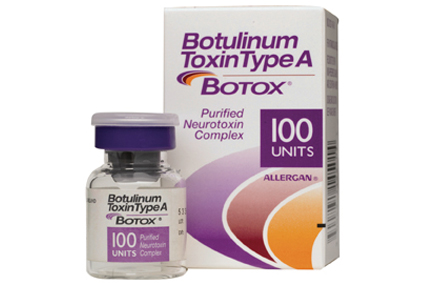An April 25 article in the Journal of the American Medical Association lays out a study that should put Allergan in a defensive position: it says that the botulinium toxin, which has been approved to treat chronic migraines, “may be associated with improvement in the frequency of chronic migraine and chronic daily headache,” but says the toxin, most commonly associated with smoothing out wrinkles, is of little use in combating episodic migraines or tension type headaches.
The FDA approved Botox as a preventative medicine for chronic migraine in 2010.
Allergan, however, is brushing off the off the critique. The company’s multi-page response to MM&M ignored the episodic migraine criticism and positioned the JAMA analysis as a win, saying the findings simply support company data that says the toxin helps chronic migraine sufferers, a population the company estimates includes 3.2 million Americans.
Director of the New York Headache Center Alexander Mauskop told MM&M his clinic uses Botox for patients for both types of migraines, although chronic sufferers make up the majority of the recipients. He said he questions the article’s takedown on episodic migraines, saying the pool of patients is far too small. He also said the biggest stumbling block is often cost – injection and the cost of administration could reach $1,500 and is provided every three months. He noted that patient usually need the treatment for one or two years.
Botox has been a perennial source of income for the California-based company, and has been approved for cosmetic uses, cervical dystonia and overactive bladder.







